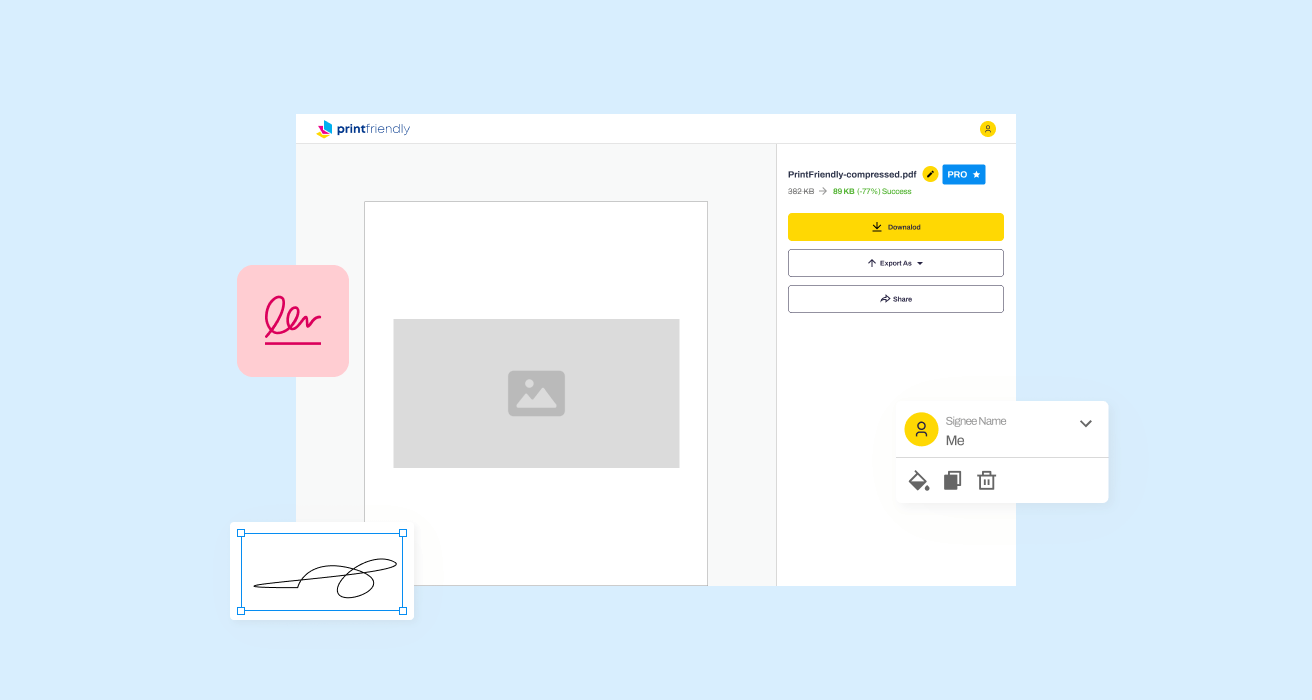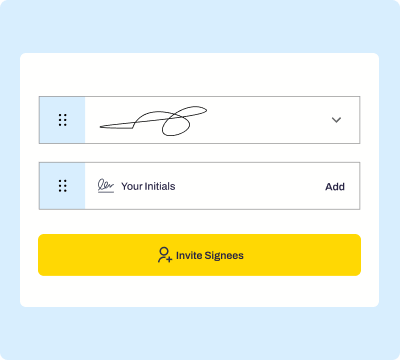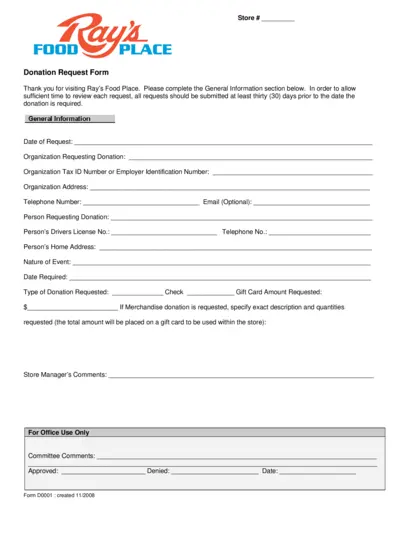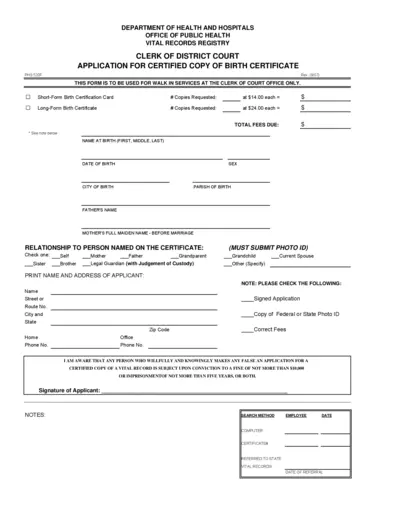Edit, Download, and Sign the Braden Scale for Assessing Pressure Sore Risk
Form
eSign
Add Annotation
Share Form
How do I fill this out?
To fill out the Braden Scale, start by assessing the patient’s sensory perception, moisture, activity, mobility, nutrition, and friction/shear factors. Use the provided scoring framework to evaluate each category. After scoring, sum the points to determine the patient's risk level.

How to fill out the Braden Scale for Assessing Pressure Sore Risk?
1
Review each section of the Braden Scale thoroughly.
2
Assign scores based on the patient's condition as per the descriptors.
3
Sum all the scores to determine the total score.
4
Refer to the risk categories to classify the patient's risk level.
5
Complete the assessment with evaluator signatures and date.
Who needs the Braden Scale for Assessing Pressure Sore Risk?
1
Healthcare professionals conducting patient assessments.
2
Nurses who monitor patients' risk for pressure sores.
3
Long-term care facilities assessing resident health.
4
Physicians ensuring proper care plans for patients.
5
Medical students learning about patient assessment tools.
How PrintFriendly Works
At PrintFriendly.com, you can edit, sign, share, and download the Braden Scale for Assessing Pressure Sore Risk along with hundreds of thousands of other documents. Our platform helps you seamlessly edit PDFs and other documents online. You can edit our large library of pre-existing files and upload your own documents. Managing PDFs has never been easier.

Edit your Braden Scale for Assessing Pressure Sore Risk online.
Editing this PDF can be done effortlessly on PrintFriendly. Users can modify text, adjust scores, and personalize the form to meet their specific needs. Enjoy a streamlined experience while updating your documents.

Add your legally-binding signature.
Signing the PDF on PrintFriendly is a simple process. Users can add electronic signatures with just a few clicks. This feature ensures that your documents are both personalized and professional.

Share your form instantly.
Sharing your PDF is now easier than ever with PrintFriendly. Once edited, users can easily share the document via email or social platforms. This functionality enhances collaboration and communication.
How do I edit the Braden Scale for Assessing Pressure Sore Risk online?
Editing this PDF can be done effortlessly on PrintFriendly. Users can modify text, adjust scores, and personalize the form to meet their specific needs. Enjoy a streamlined experience while updating your documents.
1
Open the PDF in the PrintFriendly editor.
2
Select the text box or element you wish to edit.
3
Make your desired changes directly within the document.
4
Review the edits for accuracy.
5
Save or download the edited document.

What are the instructions for submitting this form?
To submit the completed Braden Scale form, please send it via email to assessments@healthcare.org or fax it to (800) 555-1234. Alternatively, you may submit it through our secure online portal. For physical submissions, mail the document to Healthcare Facility, 123 Main St, Anytown, USA. Always ensure that submissions contain the evaluator's signature and date.
What are the important dates for this form in 2024 and 2025?
For 2024, keep an eye on training sessions for proper use of the Braden Scale. In 2025, updates may be released regarding assessment techniques. Stay informed for best practices.

What is the purpose of this form?
The purpose of this form is to provide a systematic approach to assess patients' risk of developing pressure sores. The Braden Scale helps healthcare professionals identify patients who may require additional preventive measures. By utilizing this assessment tool, patient care can be optimized and individualized.

Tell me about this form and its components and fields line-by-line.

- 1. Sensory Perception: Evaluates ability to respond to pressure-related discomfort.
- 2. Moisture: Assesses degree of skin moisture exposure.
- 3. Activity: Measures physical activity level.
- 4. Mobility: Determines ability to change body position.
- 5. Nutrition: Evaluates usual food intake patterns.
- 6. Friction and Shear: Assesses potential for skin damage from friction.
What happens if I fail to submit this form?
Failure to submit this form may result in inadequate risk assessment for pressure sores. This could lead to negative patient outcomes and complicate care. It is essential to follow submission guidelines to ensure proper evaluation.
- Inaccurate Risk Assessment: Without submission, patients may not receive necessary preventive measures.
- Lack of Documentation: Failure to document may affect care quality and accountability.
- Delayed Interventions: Ignoring submission could delay critical interventions for at-risk patients.
How do I know when to use this form?

- 1. Routine Patient Assessments: Utilize during regular check-ups for all patients.
- 2. Post-Surgical Evaluations: Employ after surgical procedures to monitor recovery.
- 3. Long-Term Care Reviews: Implement for residents in nursing facilities.
Frequently Asked Questions
How do I use the Braden Scale?
Assess each criterion based on the patient's condition, assign scores, and total them.
Can I edit the Braden Scale PDF?
Yes, you can easily edit the PDF on PrintFriendly.
What if I need to sign the PDF?
You can add your signature directly on PrintFriendly.
Is this Braden Scale valid for patient assessments?
Absolutely, it is widely recognized in the healthcare industry.
How can I share my edited PDF?
Sharing can be done via email or by downloading and distributing the file.
What is the total score interpretation?
A score of 12 or less indicates high risk for pressure sores.
Who needs this assessment?
Healthcare professionals working with at-risk patients should use this scale.
Does the scale require a specific training?
Basic understanding of the scale is usually sufficient; training may enhance assessment accuracy.
How often should I assess patients?
Assessment frequency should align with the patient's changing condition and care requirements.
Are there any updates to the Braden Scale?
Please check the official website for the latest updates and guidelines.
Related Documents - Braden Scale Document

Preparticipation Physical Evaluation Form
The Preparticipation Physical Evaluation Form is used to assess the physical health and fitness of individuals before they participate in sports activities. It covers medical history, heart health, bone and joint health, and other relevant medical questions.

Health Insurance Tax Credits Guide 2015
This document provides a comprehensive guide on health insurance and premium tax credits for the 2015 tax year. It explains the tax filing rules, eligibility criteria, and detailed instructions for claiming and reporting premium tax credits. Essential for individuals who bought health insurance through the ACA Marketplaces.

TSP-77 Partial Withdrawal Request for Separated Employees
The TSP-77 form is used by separated employees to request a partial withdrawal from their Thrift Savings Plan account. It includes instructions for completing the form, certification, and notarization requirements. The form must be filled out completely and submitted along with necessary supporting documents.

Ray's Food Place Donation Request Form Details
This file contains the donation request form for Ray's Food Place. Complete the general information section and follow the guidelines to submit your donation request at least 30 days in advance. The form includes fields for organization details and donation specifics.

Pastoral Ministry Evaluation Form for Board of Elders
This evaluation form is designed for the Board of Elders to assess and provide feedback on a pastor's ministry. It aims to offer affirmation and identify areas for improvement. The form covers preaching, worship leading, pastoral care, administration, and more.

Health Provider Screening Form for PEEHIP Healthcare
This file contains the Health Provider Screening Form for PEEHIP public education employees and spouses. It includes instructions on how to fill out the form for wellness program participation. The form collects personal, medical, and screening details to assess wellness.

Common Law Marriage Declaration Form for FEHB Program
This form is used to declare a common law marriage for the purpose of enrolling a spouse under the Federal Employees Health Benefits (FEHB) Program. It requires personal details, marriage information, and additional documentation. Submission instructions and legal implications are included.

MyPRALUENT™ Enrollment Form Instructions and Details
This document provides comprehensive instructions and details for enrolling in the MyPRALUENT™ program, including benefits, patient assistance, and clinical support. It outlines the required patient, insurance, and prescriber information, as well as the steps for treatment verification and household income documentation.

Application for Certified Copy of Birth Certificate
This form is used to request a certified copy of a birth certificate from the Clerk of Court Office. It includes details about the applicant, the person named on the certificate, and requires a photo ID and the correct fee. This form is only for walk-in services.

Torrance Memorial Physician Network Forms for Patients 18+
This file contains important forms for patients 18 years and older registered with Torrance Memorial Physician Network. It includes patient registration, acknowledgment of receipt of privacy practices, and financial & assignment of benefits policy forms. Complete these forms to ensure your medical records are up-to-date and to understand your financial responsibilities.

Vodafone Phone Unlocking Guide: Steps to Unlock Your Phone
This guide from Vodafone provides a step-by-step process to unlock your phone. Learn how to obtain your unlock code by filling out an online form. Follow the instructions to complete the unlocking process.

Texas Automobile Club Agent Application Form
This file is the Texas Automobile Club Agent Application or Renewal form, which must be submitted within 30 days after hiring an agent. The form includes fields for agent identification, moral character information, and requires signature from both the agent and an authorized representative of the automobile club. Filing fees and submission instructions are also provided.